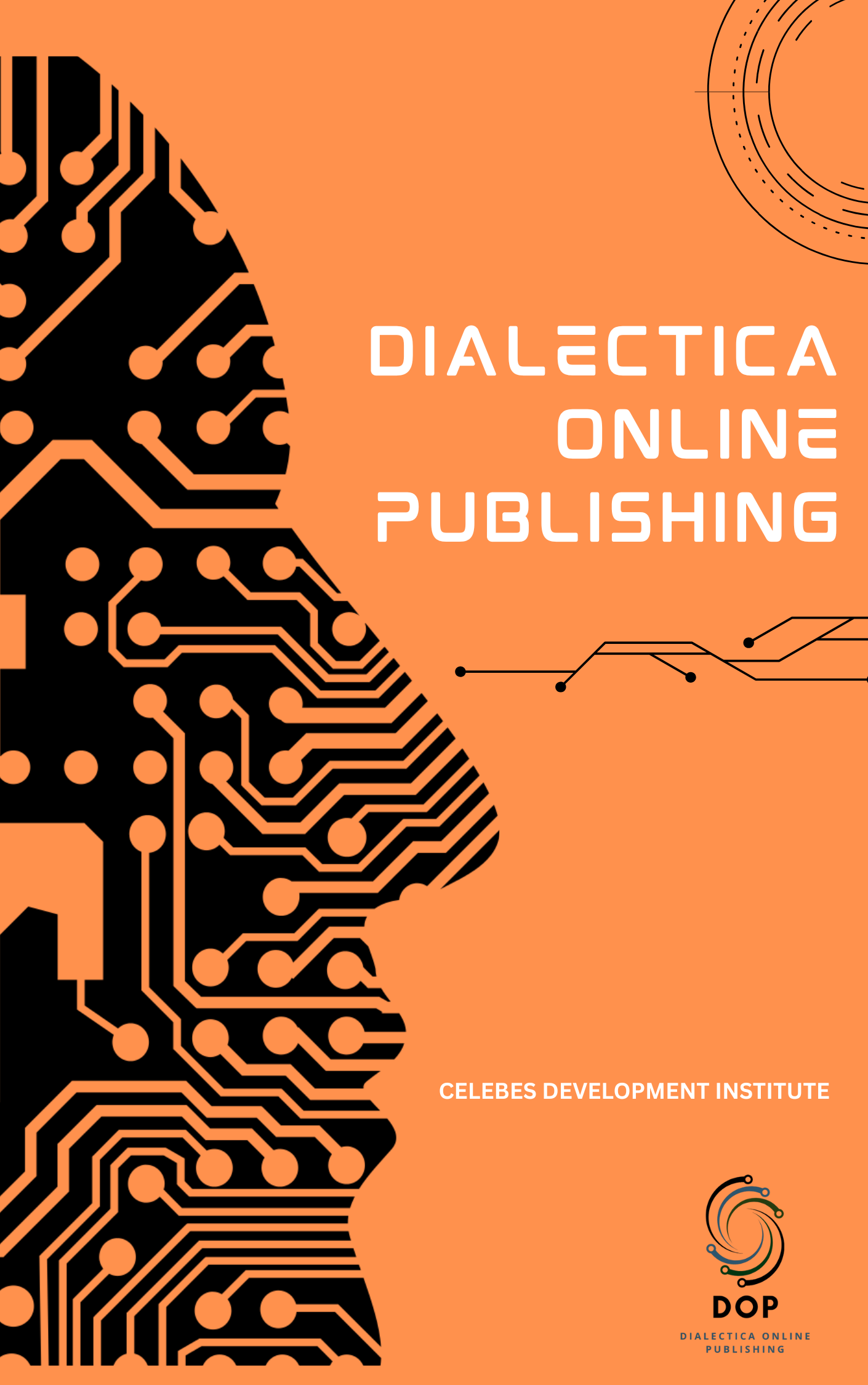Japanese Grammatical Errors Influenced by Learning Psychology at the Beginner Level
Keywords:
Japanese grammar, grammatical errors, particle misuse, morphological errors, foreign language learningAbstract
This study aims to identify and analyze the types of grammatical errors made by beginner-level Japanese learners. Using a qualitative descriptive method, the research examined 25 students’ written works based on the standardized Minna no Nihongo 1 curriculum. The findings revealed a total of 129 grammatical errors categorized into phonological, morphological, and syntactic levels. The highest number of errors occurred in the use of particles (joshi) with 33.33%, followed by syllabic/kana writing errors (20.15%), special phoneme/long vowel errors (13.18%), sentence structure errors (11.62%), verb transformation and phrase structure errors (7.76%), and adjective transformation and affix usage errors (3.10%). The results indicate that these errors are mainly caused by linguistic differences between Japanese and Indonesian, such as the absence of particles in Indonesian, different writing systems, and distinct grammatical structures. Additional contributing factors include native language interference, lack of motivation and focus, limited practice opportunities, and insufficient review time. The study suggests that Japanese language instructors conduct more varied evaluations and integrate more engaging and effective teaching models to improve learners’ writing accuracy and grammatical competence.










